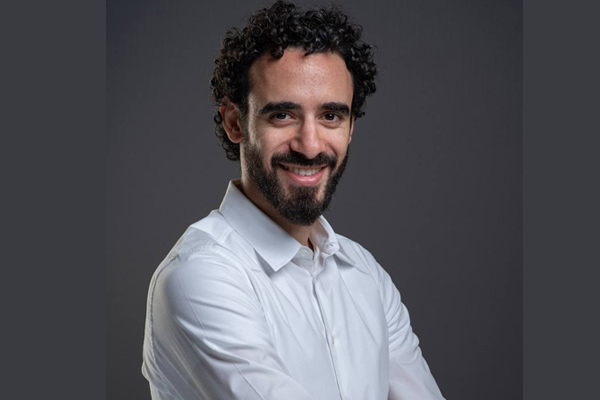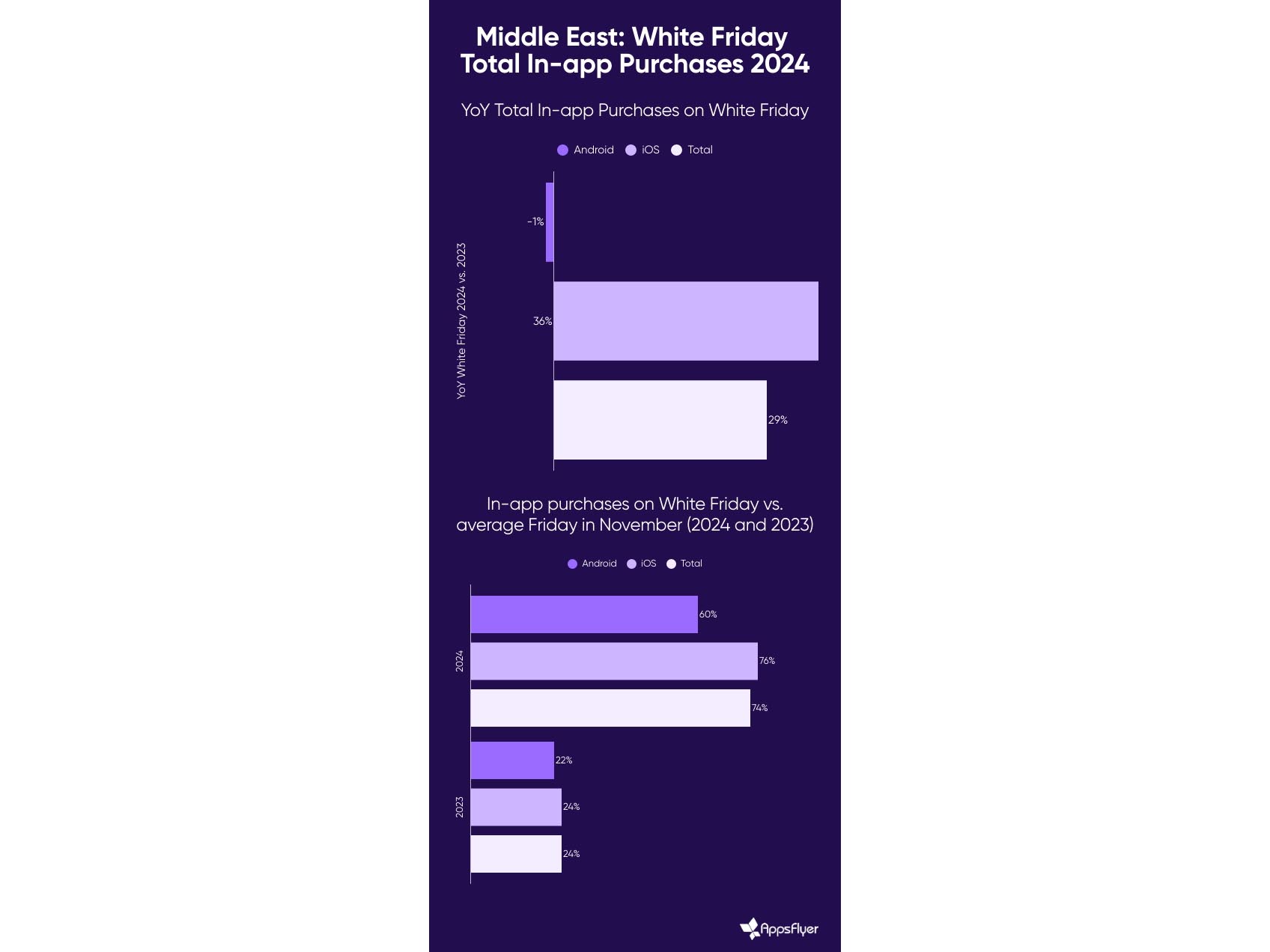News - Digital/Tech
Social Grace: How the Region’s FinTech Innovators Can Appeal to Digital Natives
by Samer Saad
July 13, 2021
.jpg) Advertisement
AdvertisementWhile many sectors were undeniably hit hard by the pandemic, others adapted quickly. Among these was the financial services industry, which recognized that the digital-native mindset is now more relevant than it has ever been. Indeed, many brands recognized that to prove value and stay competitive, being able to offer exceptional digital experiences is key.
The region’s fintech sector is as vibrant as ever, with Saudi fintech firm Tweeq closing a seven-figure funding deal in June this year, and Dubai International Financial Center's FinTech Hive named in Global Finance's “World’s Best Innovation Labs 2021” list in the same month.
A Deloitte study from June last year showed 82% of Middle East banking customers to be ready and willing to use fintech solutions. This willingness was especially prominent in Saudi Arabia, and customers showed particular interest in peer-to-peer money transfers, account aggregation and automated investment advice. But the report also found that regional banks were “not leveraging the full suite of fintech solutions/features to enhance the banking journey and experience”.
A connected consumer base
Financial institutions must see the “new normal” reality in the context of their customers’ connectivity. The Arab Gulf region, for example, has some famously high smartphone penetration rates, with recent estimates ranging from a current rate of 88% in Saudi Arabia to a projected figure of more than 97% in the UAE by 2025. The GSMA’s Mobile Economy 2020 report for the Middle East and North Africa estimates that around 45% of the regional population, or 280 million people, are now connected to mobile Internet.
Fintech firms must also take into account the reach and targeting power of social media. According to GMI, almost 99% of the UAE population is now active on social platforms. And in Saudi Arabia, social penetration stands at just over 79%. If FSI organizations can segment and individualize these social audiences, they can create superior user experiences and optimize the returns on their investments.
Social media strategy must be thought of as a lifecycle strategy — a means to fine-tune the fintech app experience before, during and after launch. Creating excitement around an in-development experience can be as important as a smooth launch. Hype, done effectively, boosts downloads and elevates the public profile of the digital offering. If social communities are built around the app before it becomes available, then the likelihood increases that positive post-launch experiences will translate to user-generated conversations and ambassadorship on social channels.
Retention vs acquisition
Across the region, social marketing’s CPM cost model is cheaper than traditional channels and the reach and effectiveness of this approach is also demonstrably superior. Cost-per-action (CPA) campaigns can drastically ease the risk burden on marketers and reduce the cost of acquisition, because only desirable actions and positive engagement from consumers lead to a campaign cost.
Because of the strong ties consumers have to their social media communities, marketing through this channel can be a more effective route to customer retention. Re-engaging existing customers is now famously cheaper than acquiring new ones. A fifth of the cost, a seventh of the cost — estimates vary, but trying to get users that have already downloaded the app to start using it again is many orders of magnitude easier than convincing a non-user to try it for the first time.
This is especially true when seen in the context of historical usage statistics, which are not encouraging. Some apps are downloaded and never used or used only once. But the same studies show impressive traction from remarketing (also known as retargeting) campaigns. In other words, downloads are not the ultimate goal; engagement is. Social media platforms are designed to place users in a more receptive mental state where they absorb continuous streams of information very quickly. When crafting a re-engagement campaign, FSI firms and their fintech partners should think about mutual communication rather than broadcast-style brand messaging. Building rapport is the first step to a trust relationship, which can lead to more consistent engagement and app usage.
The power of measurement
Perhaps the greatest advantage of social marketing is that feedback and measurement are built in. The right digital attribution platform will allow fintech developers to tie sales and other desirable customer engagement to specific actions taken during the development or marketing processes. Whether a customer conversion was caused by an app feature or an ad on a social platform, business stakeholders will know what works and will have the opportunity to duplicate it in future offerings and campaigns.
Once a fintech organization can target its actions along the go-to-market lifecycle, it will immediately reap rewards — cost-effective operations, increased engagement, soaring revenues, and healthier bottom lines. The right attribution platform will allow decision-makers to see customer journeys that were cut short before desirable actions occurred and discover why. They will know whether a download was initiated and if any app usage followed. This is actionable information with great potential value behind it.
The region’s FSI industry is a competitive zone that must satisfy a digitally entrenched user base day to day, year to year. When looking for inroads that will penetrate the mindset of such consumers, and build meainingful,lasting relationships with them, social channels are the answer. With the right attribution tools, enterprises will be able to build those roads quickly and keep them free of potholes.



.jpg)

_copy.jpg)








